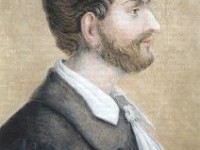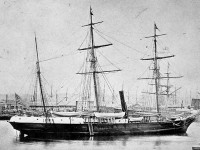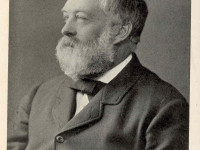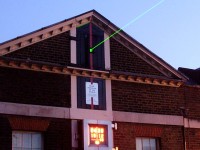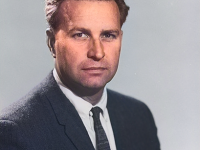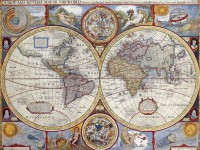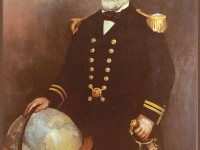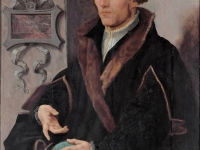Ludwig Leichhardt’s Australian Expeditions
On October 23, 1813, Prussian explorer and naturalist Friedrich Wilhelm Ludwig Leichhardt was born. He is most famous for his exploration of northern and central Australia. Leichhardt went to Australia in 1842 to study the rocks and wildlife in Queensland and the Northern Territory. In 1848 he left on an expedition with nine men to find a route from Moreton Bay (Brisbane) to Perth, rather poorly equipped. The party disappeared, leaving a mystery as to its…
Read more

